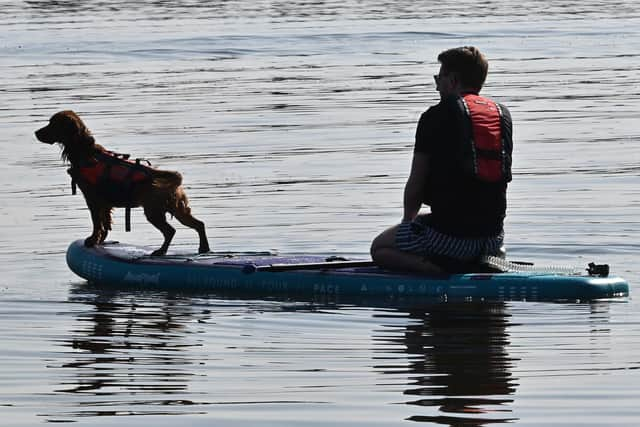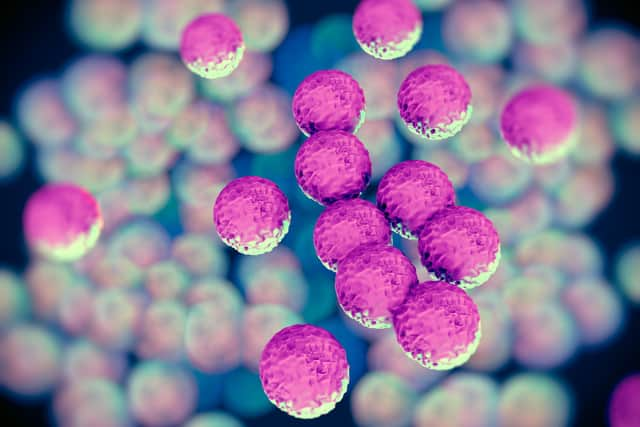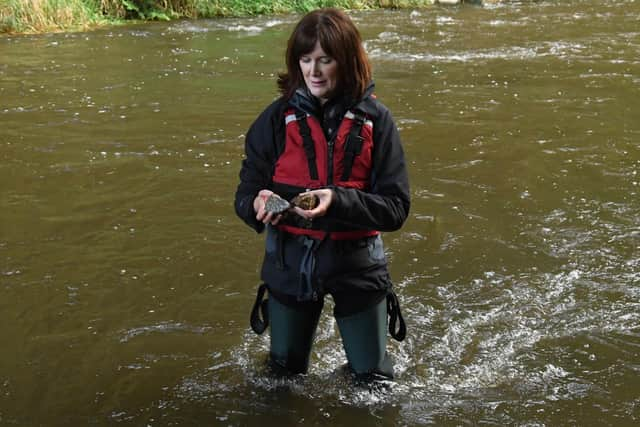First ever review assesses what is known about dangerous superbugs in Scotland's waters
Antibiotic-resistant strains of common bacteria such MRSA and E.coli are of major concern for public health because they can cause serious illness but do not respond to regular treatment.
Now scientists from Heriot-Watt University and the James Hutton Institute have carried out the first ever review of current knowledge on antimicrobial resistance (AMR) in Scotland’s lochs, rivers and watercourses.
Advertisement
Hide AdAdvertisement
Hide AdIt has long been recognised that organisms which have developed resistance occur naturally, but their prevalence has been increasing – partially driven by antibiotic use in people and farm animals.
They often end up in watercourses through pollution from sewage overflows and agricultural run-off.
The findings of the review will help the development of solutions for detecting, measuring and reducing levels in the environment.
The academics say a ‘one health’ approach should be used to deal with the issue.


“So far, there has not been enough monitoring of antimicrobial resistance in Scotland’s waters to know how widespread or how concentrated the levels of resistant microbes, genes and resistance-driving chemicals are,” said study co-leader Dr Lisa Avery, a senior environmental microbiologist at the James Hutton Institute’s Environmental and Biochemical Sciences department.”
The review assessed what is already known about AMR in Scotland, which Dr Avery says is “not a lot, nobody has an overall picture”.
It also investigated how monitoring is carried out across the world, discovering that things are done differently everywhere.
This means results are almost impossible to compare.


“Globally, lots of different methods are used for detecting resistance,” she said.
Advertisement
Hide AdAdvertisement
Hide Ad“The most common ones are to detect antibiotic resistant bacteria by culturing them and using polymerase chain reaction-based methods to detect specific resistance genes.
“Our study found no consensus on the best detection method.”


The team has recommended that a new set of guidelines should be created to allow better knowledge sharing.
Dr Helen Bridle, associate professor at the Institute of Biological Chemistry, Biophysics and Bioengineering of Heriot-Watt University, added: “A diversity of approaches is needed for research purposes.
“However, if we can develop some guidelines so that those researching or monitoring resistance in waters are encouraged to use at least one or two of the same approaches across all of the different studies, this would help in understanding antimicrobial resistance and how it is linked across humans, animals and the environment.”
The team also identified emerging technologies that could help provide solutions.
The review, funded by Scotland’s Centre of Expertise for Waters (Crew), has been welcomed by the country’s environmental watchdog.


A spokesperson for the Scottish Environment Protection Agency said: “There are many sectors and activities we regulate that have the potential to exacerbate the spread of AMR through the environment, and we are committed to playing our role in understanding and helping to address the issue.
Advertisement
Hide AdAdvertisement
Hide Ad“Through research and multi-agency collaboration we are working to ensure that interventions are developed and implemented in a way that recognises how the health of people is closely and inextricably linked to the health of animals and our shared environment.”
Comments
Want to join the conversation? Please or to comment on this article.
